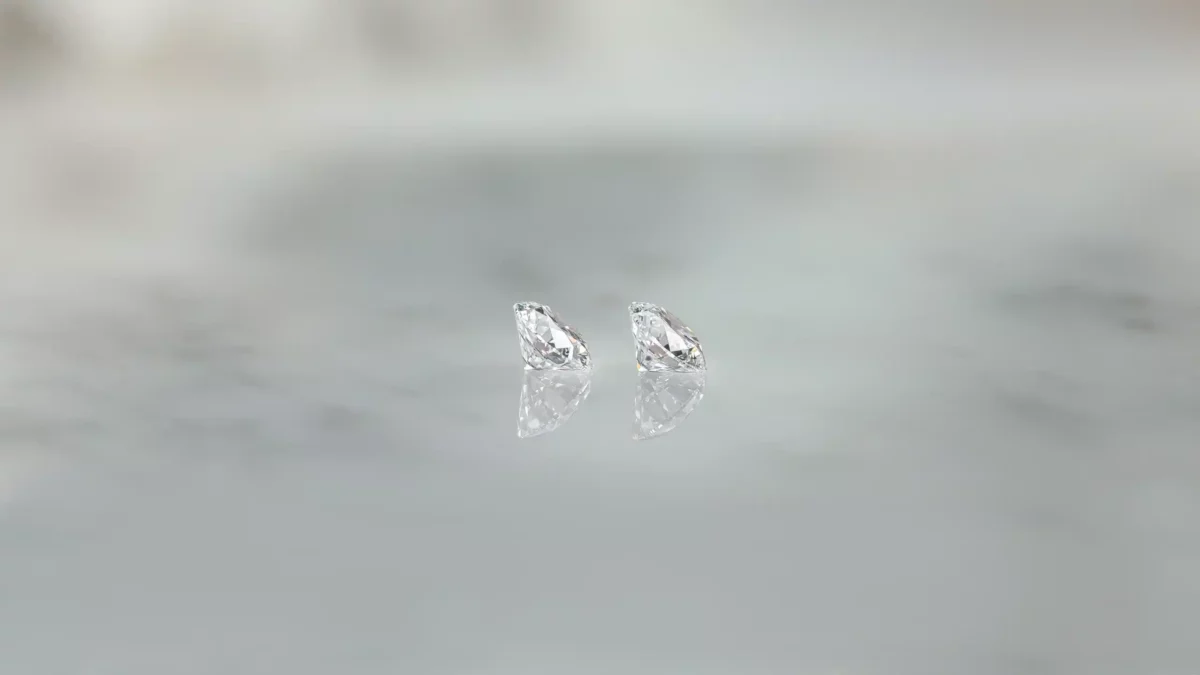
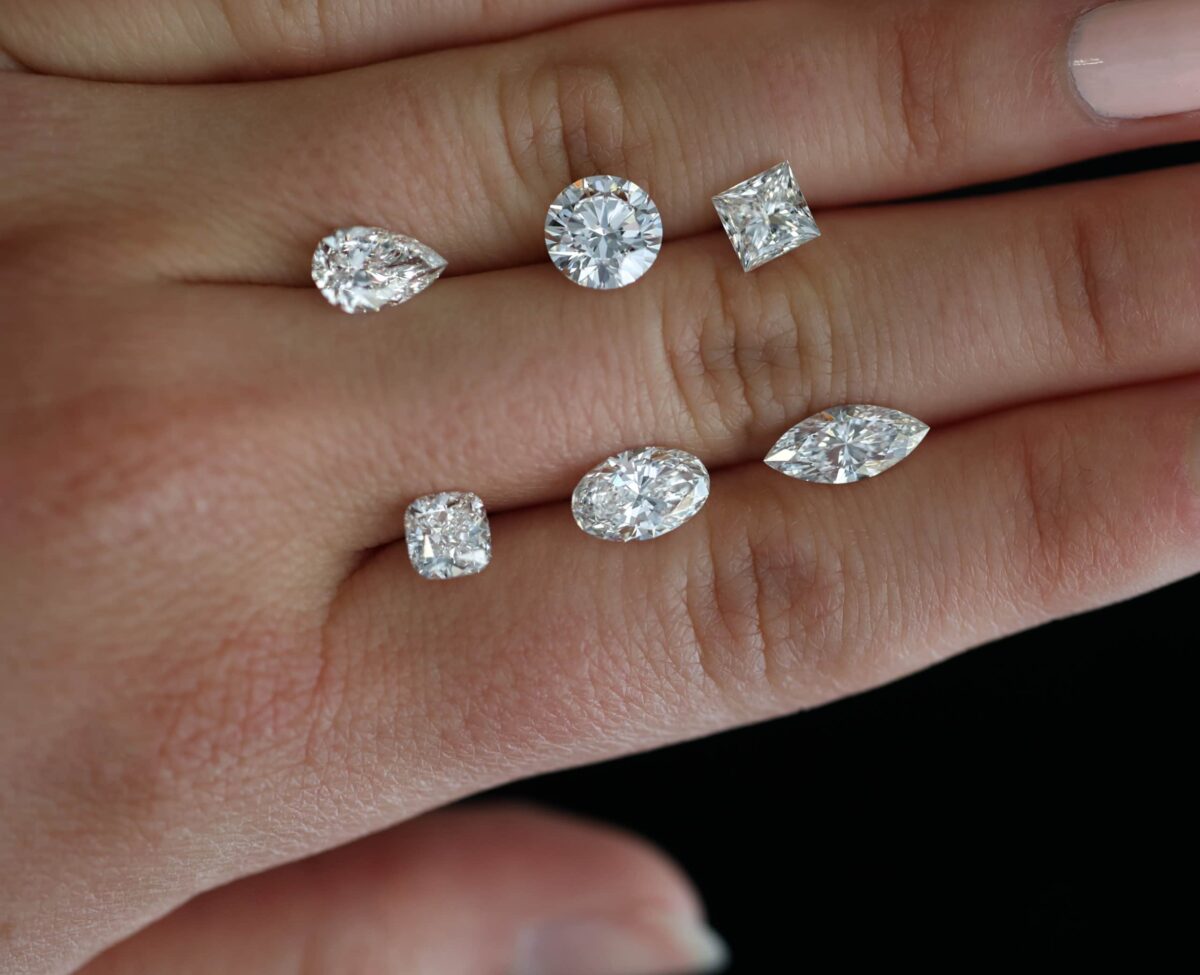
Planning to purchase an engagement ring is a journey that intertwines deep emotional significance with practical financial considerations. Understanding the cost of a one-carat diamond—often the centrepiece of this meaningful jewellery—is essential for making an informed decision that honours both your sentiment and your budget.
In Australia, the price of a 1 carat diamond can range dramatically from $2,400 to $27,000 depending on various factors, including the cut, colour, clarity, and diamond’s carat weight (collectively known as the four Cs), broader market conditions, and your choice between natural diamonds and lab grown diamonds.
When we speak of a “1 carat” diamond, we’re referring specifically to the diamond’s weight, not its size. One carat equals 200 milligrams—a measurement system derived historically from the carob tree seed, which was once used as a counterbalance in traders’ scales due to its remarkably consistent weight.
To provide perspective on the actual size of a 1-carat diamond, a round brilliant cut typically measures approximately 6.5mm in diameter.
The visual impact of your 1 carat diamond extends beyond just its carat size. When considering how impressive a diamond will appear on the finger, several factors come into play:
Different diamond shapes create varying visual impressions even at the exact same carat weight:
The setting you choose can dramatically influence how your 1-carat diamond presents:
The same 1-carat diamond will create different impressions depending on the wearer’s finger size. A 1-carat stone may appear quite substantial on a smaller finger but more modest on a larger one. This relative perspective is worth considering when determining the ideal carat weight for your engagement ring.
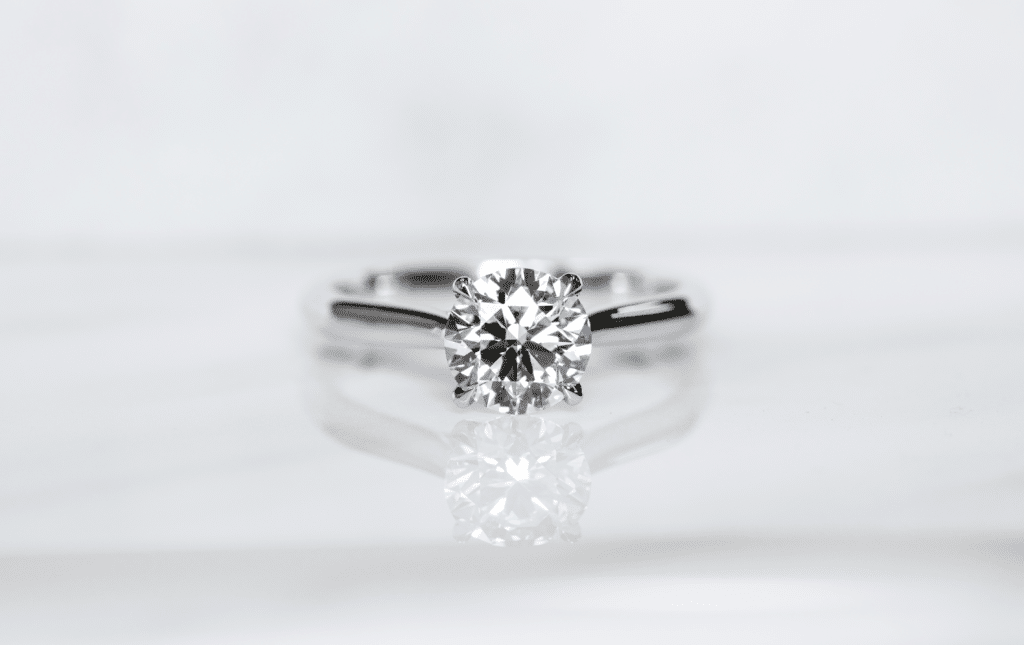
As of 2025, the Australian market shows considerable variation in 1-carat diamond pricing. Understanding this range can help you establish realistic expectations and identify opportunities for the best value.
The dramatic price range from $2,400 to $27,000 for a 1-carat diamond is primarily explained by variations in the four Cs:
For context, a 1 carat diamond with an Excellent cut, G colour, and VS2 clarity might retail for approximately $10,000, while a comparable diamond with Fair cut and I colour could be priced closer to $3,500.
One of the most significant factors affecting diamond prices in recent years has been the emergence of lab-grown diamonds as a mainstream alternative.
The price range for 1 carat natural diamonds has seen fluctuations since 2022, with current pricing typically:
Regional variations exist, with factors such as local diamond trade dynamics and currency exchange rates influencing prices across different markets.
Lab-grown diamonds offer a compelling alternative at significantly lower price points:
The price difference between natural and lab-grown diamonds continues to attract price-conscious buyers, particularly younger consumers who also appreciate the ethical considerations of lab-created diamonds.
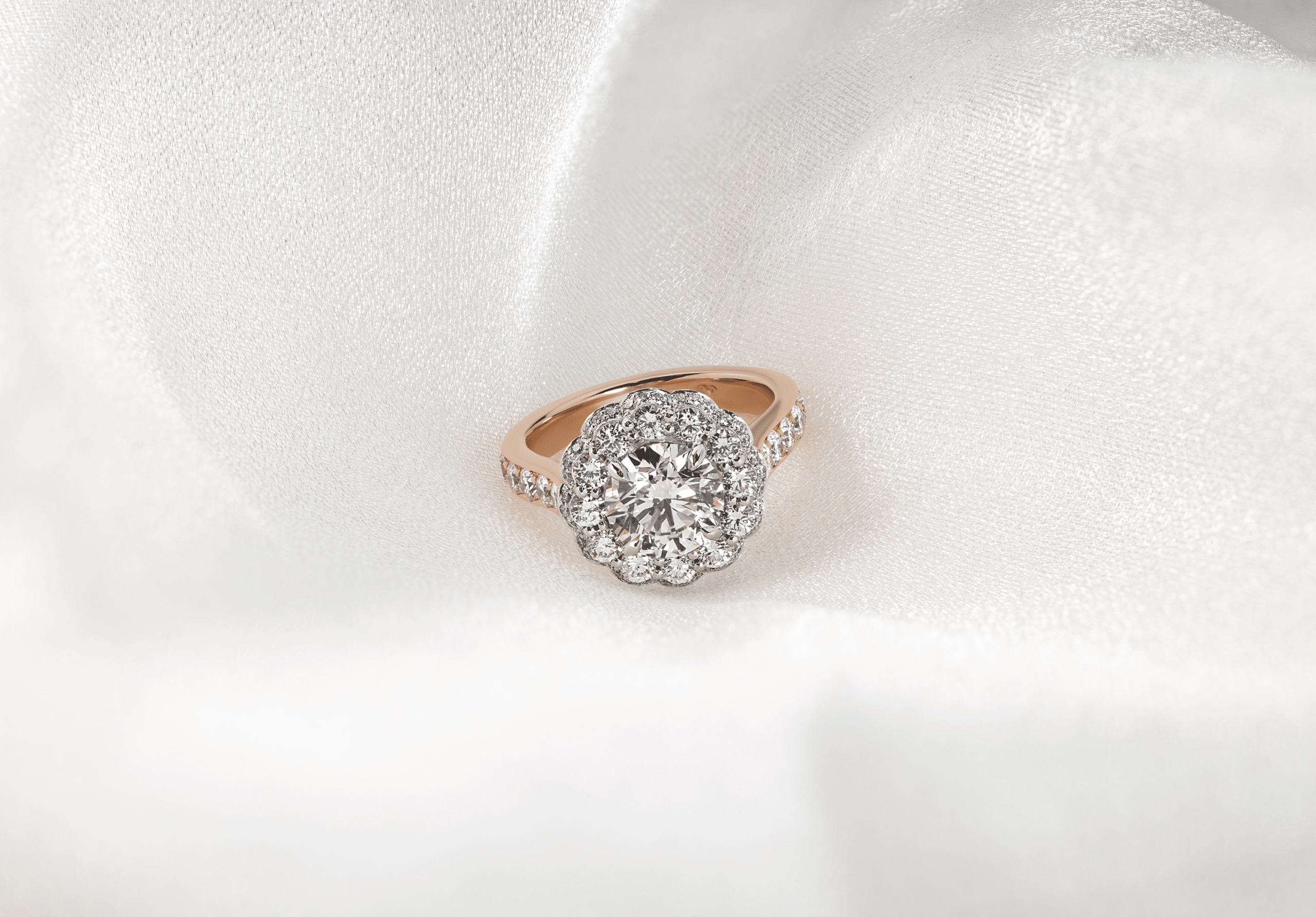
Understanding how each of the four Cs influences price can help you make strategic decisions about where to prioritise quality and where you might compromise for better value.
A diamond’s cut grade significantly impacts both its beauty and price:
A well-cut 1-carat diamond will appear more brilliant and potentially larger than a poorly cut diamond of identical carat weight. This makes cut quality particularly important when seeking the best value—a slightly smaller diamond with an excellent cut will typically outshine a larger diamond with poor cut quality.
Diamond colour grades affect price in predictable ways:
G-H diamonds often represent the “sweet spot” for value, appearing colourless in most settings while avoiding the premium pricing of D-F diamonds. The colour grade becomes particularly important in white gold or platinum settings, where any warmth in the diamond is more noticeable.
Clarity grades reflect the presence of inclusions and blemishes:
Many diamond experts recommend VS2 or “eye-clean” SI1 clarity grades for optimal value. These diamonds appear flawless to the naked eye but cost significantly less than FL/IF or VVS diamonds. The concept of “eye-clean”—meaning no inclusions are visible without magnification—is often more practical than pursuing flawless clarity grades.
Diamond pricing isn’t linear with carat weight. Instead, prices jump significantly at “magic numbers” like 0.50ct, 0.75ct, 1.00ct, 1.50ct, and 2.00ct. This creates interesting value opportunities:
These price breaks exist largely due to market psychology and consumer demand for whole and half-carat weights rather than any substantial difference in beauty or quality.
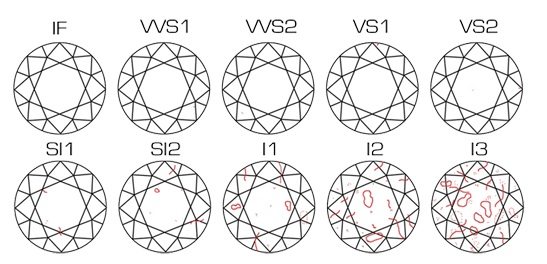
Diamond certification provides assurance of a diamond’s quality and significantly impacts its market value. Different certification bodies can affect price and consumer confidence:
GIA-certified diamonds often represent better long-term value despite their higher initial cost, as their certificates enjoy universal recognition and respect within the jewellery industry.
Before you begin engagement ring shopping, consider the following tips, which can help you maximise value without compromising brilliance:
To balance quality and price effectively:
Different diamond shapes offer distinct value propositions:
The right setting can enhance your diamond’s beauty and perceived size:
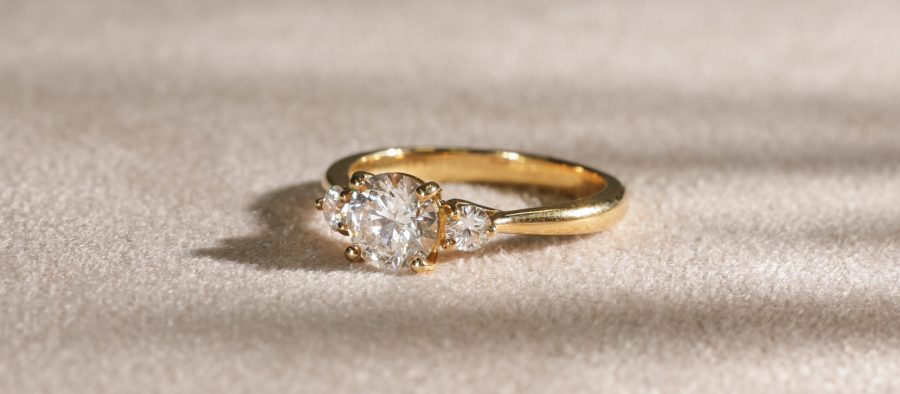
Understanding the factors that influence the cost of diamonds—from the four Cs to market trends and retail channels—can help you make an informed decision that maximises both beauty and value.
At Diamondport, we specialise in guiding couples through this important journey. Our Brisbane-based team of diamond experts provides personalised consultations to help you navigate the complexities of diamond selection, ensuring you find the perfect balance of quality, beauty, and price that respects both your vision and your budget.
Whether you’re drawn to the traditional allure of natural diamonds or the innovative value of lab-grown alternatives, our commitment remains the same: to help you find a stunning diamond that brilliantly symbolises your unique love story for generations to come.
Book a consultation today to explore your options in a relaxed, pressure-free environment designed to make your engagement ring journey as memorable as the moment you’ll present it.
Explore Rings by Cut
Explore Rings by Style
Explore Rings by Type
Services & Community



Address: Suite 402, Level 4, 180 Queen Street, Brisbane City, 4000
Diamondport Jewellers supports diversity in all its forms.
We acknowledge the traditional owners of the land of which we work here at Diamondport Jewellers and pay our respects to the Turrbal people and their elders both past and present.
Address: Suite 402, Level 4,
180 Queen Street, Brisbane City, 4000
Diamondport Jewellers supports diversity in all its forms.
We acknowledge the traditional owners of the land of which we work here at Diamondport Jewellers and pay our respects to the Turrbal people and their elders both past and present.